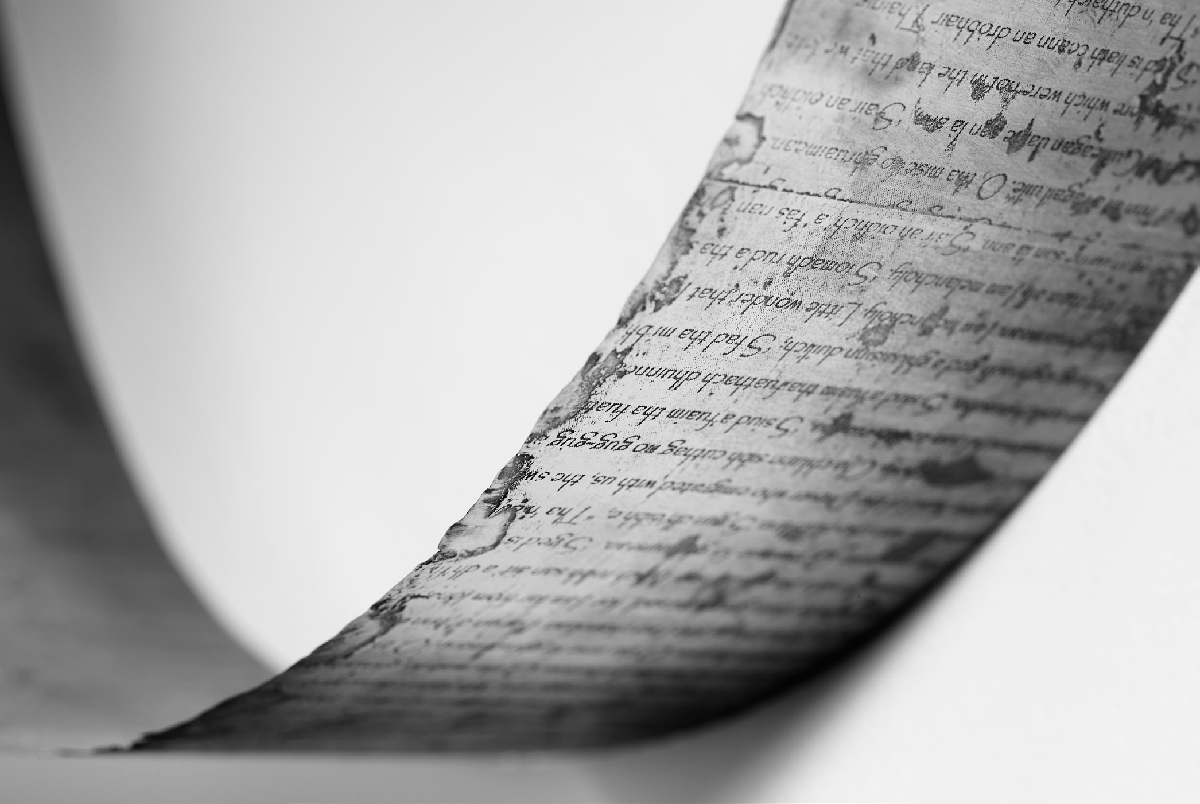
Statement
I work with drawing, print, sculpture and installation in an exploration of the landscapes that surround and are my home. My practice seeks to understand place from a specific perspective; one of inquiry into how belief structures - religious, mythopoeic, and socio-political - have shaped the physical and metaphysical landscapes I journey through.
Residencies on several of the neighbouring islands to my home on Iona have developed my perception of island environments “as historical and mythological sites of convergence between elemental forces of nature, human life and the divine”.1 Through a digging down into the cultural ideology of place, my practice explores a consideration of “ the known world and the unknown world; one world viewed from a socio-historical perspective, and the other seen fleetingly through the wilderness, from a mythopoeic perspective”.2
Past work has explored the iconoclasm of the Reformation and its impact on the auditory landscapes of the islands of Lewis and Iona, http://www.resoundings.com
My current focus is on the presence of the MoD in the Hebrides and throughout 2021/2022, I will be working on a project commissioned by COMAR in partnership with the Hebridean Whale & Dolphin Trust and in collaboration with composer Fergus Hall researching the impact of anthropogenic sound, during the NATO exercise Joint Warrior, on the behaviour of cetaceans in the Sea of the Hebrides.
The project sits within a wider question as to whether we can consider the extensive presence of the MoD in the Hebrides as a form of extraction; specifically has this very particular presence resulted in or been facilitated by a psychological disarticulation between a particular culture and its immediate environment and if so, what are the impacts on the ethnic and natural ecologies of that landscape?
—
1. Coburn, G. (2013) Geopoetics Journal, Stravaig #2. Retrieved from http://www.geopoetics.org.uk/online-journal/stravaig-issue-2/ ↩
2. Bateman, M (2012) The Otherworld. Series of Lectures. Sabhal Mòr Ostaig, UHI, 2012 ↩